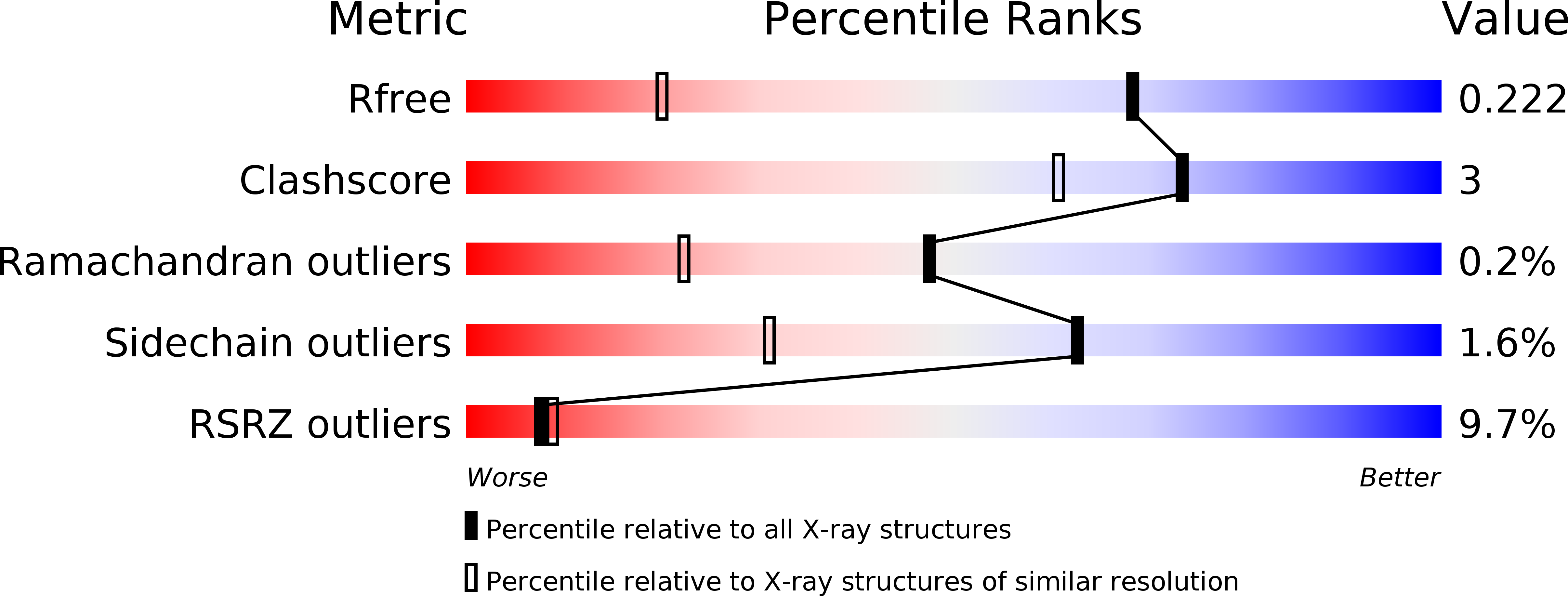
Deposition Date
2018-12-06
Release Date
2019-04-24
Last Version Date
2024-11-06
Method Details:
Experimental Method:
Resolution:
1.45 Å
R-Value Free:
0.21
R-Value Work:
0.20
R-Value Observed:
0.20
Space Group:
P 1 21 1


